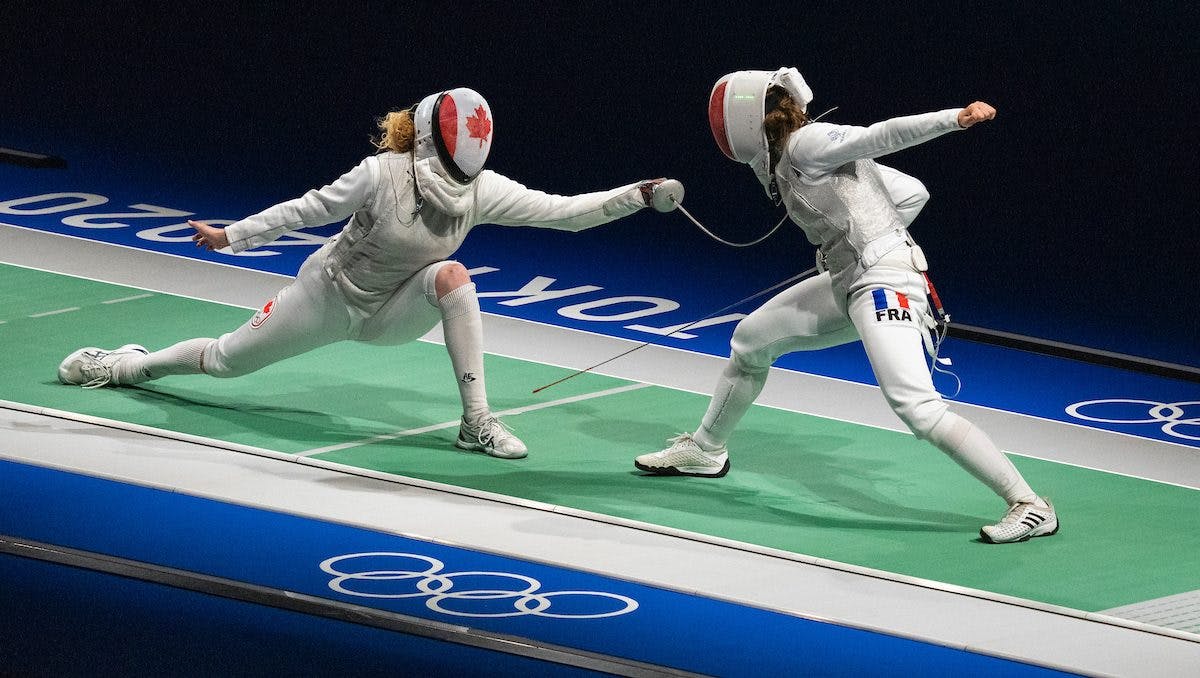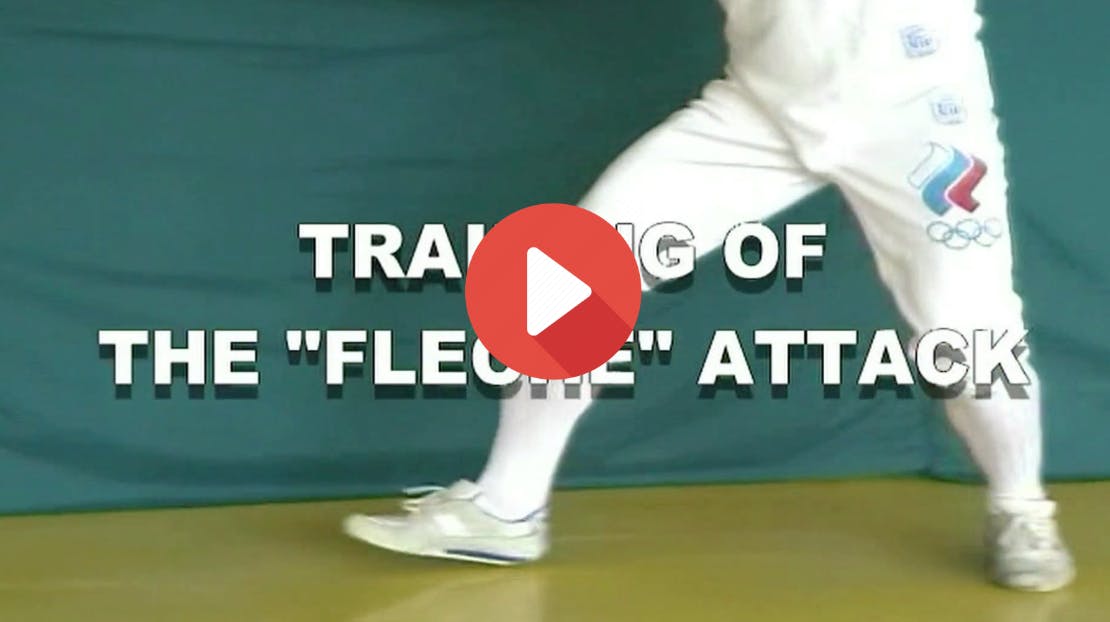
How to Teach Fencing Footwork
- By Grant Young
The Paris 2024 Olympics brought fencing to the world’s center stage. During those few days that fencing was taking place, spectators around the world were captivated by the grace and fluidity that the world’s elite fencers were moving with.
There’s no question that these Olympic fencers were excellent athletes who have developed and honed their technique through years of tedious training to get to this point in their careers. And because the most important part of the fencing technique is footwork, these practitioners have surely undergone countless fencing footwork drills to maximize how far their natural reflexes and fencing intuition can take them.
It will be a long road for any young fencer to make it to the Olympics. But a great place for them to start would be by perfecting their footwork. And luckily, there are world-renowned coaches like Gennady Tyshler that are willing to share their footwork secrets.
Coach Tyshler is the president of the International Fencing Federation (FIE), or Fédération Internationale d'Escrime in French, which is the global governing body for Olympic fencing. As a fencer, Tyshler won multiple awards during the World Championships and Olympic Games. As a fencing coach, Tyshler’s pupils have won 18 Olympic Games medals (11 gold) and over 50 medals in World Championships.
As the Head and Professor of the Fencing Department at the Russian University of Physical Culture, David Tyshler has prepared over 400 coaches, who are currently working in various countries and are proud to call themselves his students.
Coach Tylsher is a leading authority on the nuances of fencing footwork. And his ‘FENCING FOOTWORK’ course presents the perfect opportunity for fencing coaches of all levels to glean his insights and impart them to their fencing students; perhaps kickstarting these students’ own Olympic journeys in the process.
TRAINING OF THE EN GUARD POSITION
The most important fencing position is what’s called the ‘En Guard’, which is the basic ready stance in fencing that provides the fencer with the necessary mobility to create offensive, defensive, or counter-offensive actions.
When it comes to the proper stance for this position, Coach Tylsher suggests that the fencer’s legs should be shoulder-width apart and slightly bent. The trunk and pelvis are half-turned outward while the fencer’s face is looking directly at their opponent.
While this may sound simple enough, the reality is that it’s tough to maintain a proper en guard position while the fencing match is underway, due to the many small and fast movements that will be made. Therefore, Coach Tyshler has a few different exercises that a fencer can drill to make the correct en guard position subconscious.
One is that, while in the position, the fencer should lift their front and then back legs repeatedly up to waist-level, in what looks like a slow “high knees” exercise. Doing this will force the fencer to have balance on both feet and understand how their body weight will be shifting as they move forward and backward during a match.
Once this exercise is done, the fencer can graduate to a faster-paced, high-knees version of the same drill, which will help train them to have fast footwork when the match is underway.
TRAINING OF THE JUMP FORWARD AND JUMP BACKWARD
Learning the technique behind jumping forward and backward during a fencing match is crucial because fencers need to be able to attack and defend themselves at range.
Coach Tyshler has a few exercises on how to develop adept jumping footwork. One is that the fencer will start in an en garde position. From there, they will slightly raise their front foot and perform a series of jumps forward while keeping the back leg bent. Then the fencer will want to time the swinging, dangling movement of their front leg with the jump their back leg is producing. This will also help the fencer develop balance.
The subsequent exercise is similar, except in the reverse. This time, the fencer will start in the en guard position before slightly raising their back leg, which will cause them to tip forward slightly. From there, the fencer will perform a series of jumps backward while keeping their front leg bent. Combine the swinging, dangling movement of the back leg with the front leg’s takeoff to help facilitate balance while moving backward at a speedy pace.
A third exercise will start with the fencer in the en guard position. Once there, they will practice jumping about six inches forward while keeping their en guard form, gathering themselves for a moment upon landing, and then jumping backward the same distance. The key here is to jump the exact same length both forward and backward in order to acquire spatial awareness a match is underway.
TRAINING OF THE “FLECHE” ATTACK

In fencing, the fleche is a powerful and lightning-fast attack capable of covering a wider distance quickly, which is most often used with foil and épée fencing.
When teaching the fleche, Coach Tyshler drills the technique by having his fencer get in their en guard position while pretending to hold their sabre. They will then perform a crossover step forward with their back leg with a slight inclination of their midsection and a rapid bending of the knee in the starting phase. While doing so, the fencer will pretend to thrust their sabre forward, as if they were launching an attack at their opponent.
An important aspect of correctly executing the fleche is that the fencer maintain their balance in the aftermath so that they don’t expose themselves to a counter-attack. Therefore, the fencer should be quick to bring their legs along with them after their fleche thrust to return to the en guard position as fast as possible.
